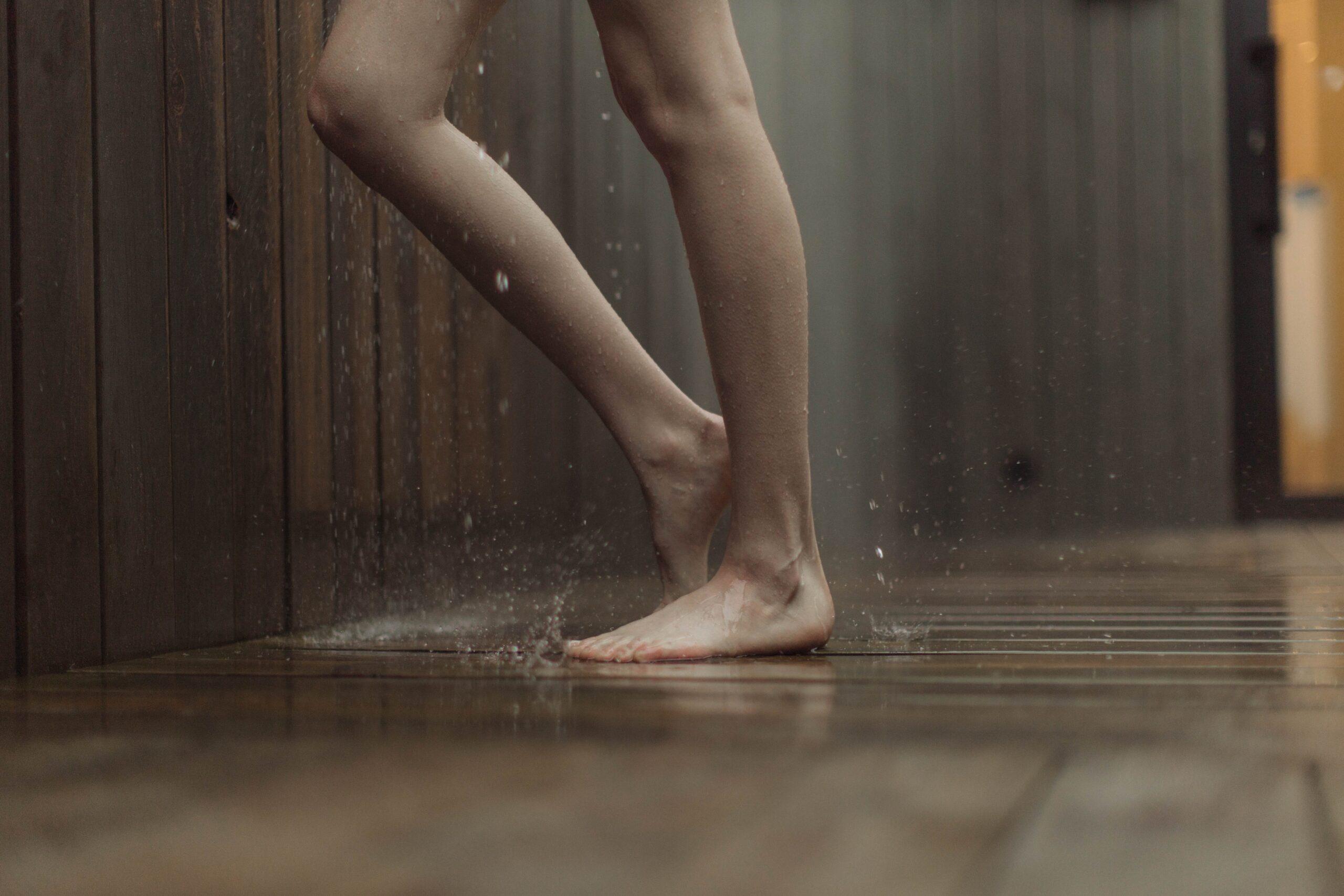Proving Negligence in Slip and Fall Cases: Your Legal Rights to Compensation

Slip and fall accidents can happen to anyone, anywhere, and at any time. While they may seem trivial at first glance, these incidents can lead to serious injuries, medical bills, and lost wages. If you’ve been a victim of a slip and fall accident due to someone else’s negligence, it’s crucial to understand your legal rights and the process of proving negligence to secure the compensation you deserve.
In this comprehensive guide, we’ll delve into the intricacies of slip and fall cases, focusing on how to establish negligence and assert your legal rights to compensation.
The Elements of Negligence in Slip and Fall Cases
To successfully prove negligence in a slip and fall case, four essential elements must be demonstrated:
Duty of Care: The first element involves establishing that the property owner or occupier owed you a duty of care. Property owners have a legal obligation to maintain their premises in a reasonably safe condition for visitors.
Breach of Duty: Next, you must demonstrate that the property owner breached their duty of care. This breach could involve a failure to address hazardous conditions, such as wet floors, uneven surfaces, or poorly maintained walkways.
Causation: You must establish a causal link between the property owner’s breach of duty and your injuries. In other words, you must prove that the hazardous condition directly led to your slip and fall accident and subsequent injuries.
Damages: Finally, you need to provide evidence of the damages you suffered as a result of the slip and fall incident. This can include medical bills, lost wages, pain and suffering, and other relevant expenses.
Gathering Evidence
Building a strong case for negligence in a slip and fall accident requires comprehensive evidence. Here are some crucial steps to consider:
Document the Scene: Take photographs or videos of the accident scene, including the hazardous condition that caused your fall. Ensure the date and time are visible in your documentation.
Obtain Witness Statements: Speak to any witnesses who saw your slip and fall accident and collect their contact information. Witness testimonies can significantly strengthen your case.
Seek Medical Attention: Visit a healthcare professional immediately after the accident, even if your injuries seem minor. Medical records and documentation of your injuries will be essential evidence.
Preserve Evidence: Preserve any evidence related to your case, such as the clothes you were wearing at the time of the accident and any items that may have contributed to or resulted from the fall.
Legal Representation
Navigating the legal complexities of slip and fall cases can be daunting. It is highly advisable to consult with an experienced personal injury attorney who specializes in premises liability cases. An attorney can help you:
- Assess the strength of your case and determine if you have a valid claim.
- Investigate the incident, gather evidence, and identify potential sources of liability.
- Negotiate with insurance companies and represent your interests in court if a settlement cannot be reached.
Proving negligence in slip and fall cases is essential to secure the compensation you deserve for your injuries and losses. By understanding the four elements of negligence, gathering the necessary evidence, and seeking legal representation, you can assert your legal rights with confidence.
Remember, you don’t have to face this challenging process alone. An experienced attorney can guide you through each step, ensuring that your rights are protected and that you receive the compensation you are entitled to. If you’ve been a victim of a slip and fall accident, take action today to protect your legal rights and pursue the compensation you need to recover and move forward.
